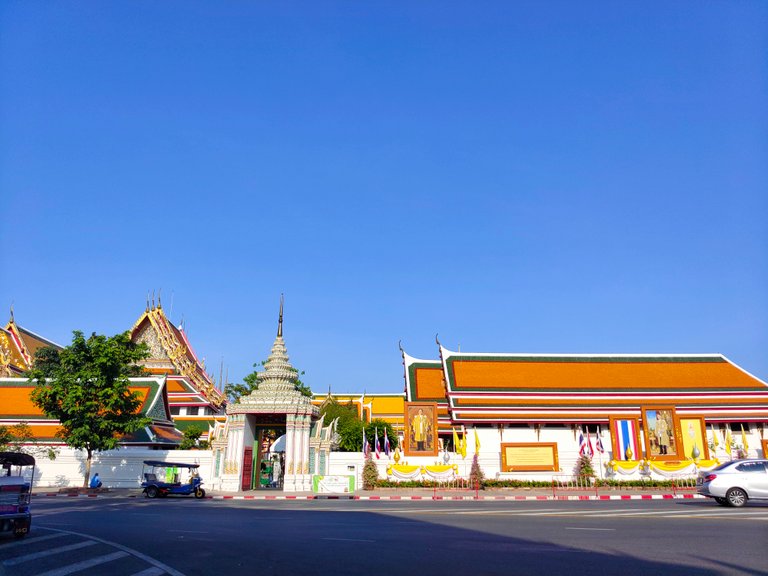
Hello everyone
Allow me to recount my captivating journey to the renowned "Wat Phra Chetuphon Wimon Mangkalaram Ratchawora Mahawiharn," or "Wat Pho" an exquisite temple nestled in the vibrant city of Bangkok. As an ardent admirer of Thai culture and the sacred temples that have become an integral part of Thailand's identity, this experience left an indelible mark on my soul.
From the moment I set foot on the temple grounds, I was immediately engulfed in a serene ambiance. Known colloquially as Wat Pho, this iconic temple is revered as one of the oldest and largest in Bangkok, exuding an aura of ancient wisdom and spiritual significance. Its origins can be traced back to the 16th century when it was commissioned by King Rama I.
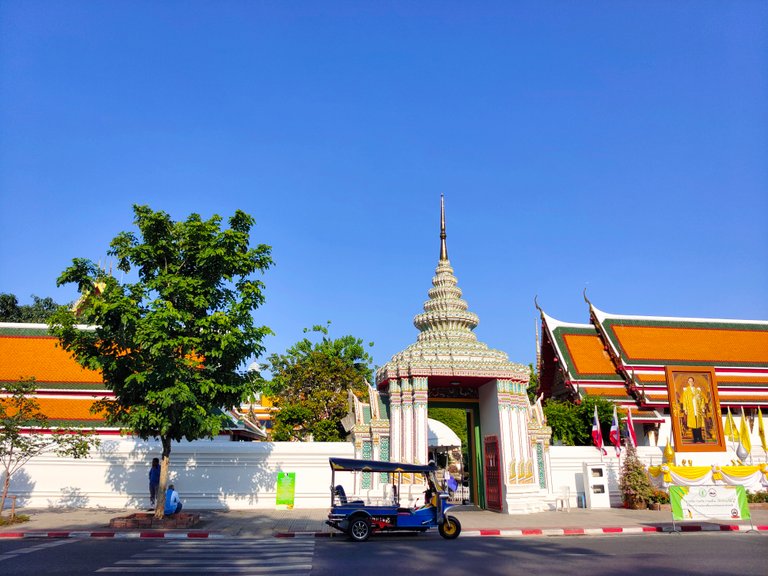

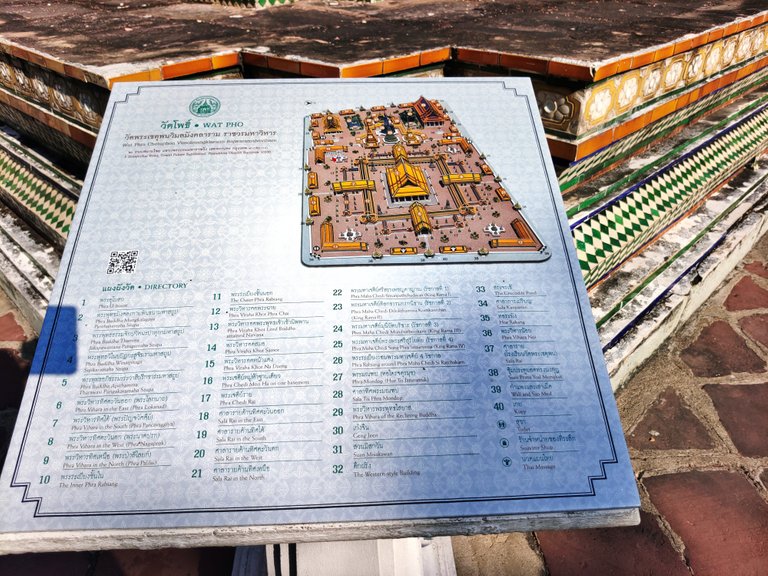

As one steps foot inside the temple, a fascinating sight unfolds—a statue of a hermit in a contorted posture, a representation of Thai massage's origins. This statue holds great significance as it symbolizes the initiation of the Contorted Posture by His Majesty, a relaxing position to alleviate fatigue in various parts of the body. The Thai people hold the hermit in high regard, considering them masters of various sciences, and this reverence is reflected in the sculptures of contorted hermits in diverse positions found within the temple.
To preserve the artistry and longevity of these sculptures, the statues of contorted hermits were cast in three separate stages. The first casting consisted of creating statues using easily deteriorated soil, while the second casting aimed to enhance their durability by using a mixture of zinc and tin. However, during the third casting, a peculiar incident occurred—the statues were smuggled and sold. As a consequence, only 24 postures remain of the original 82.
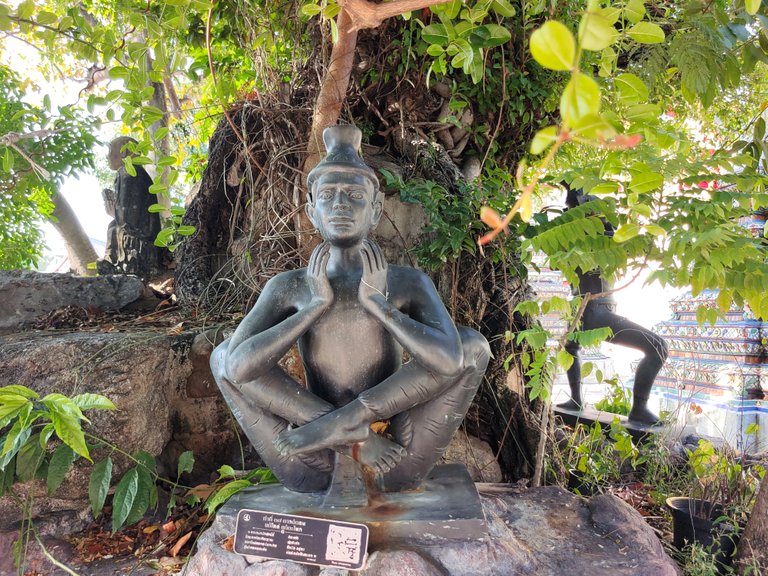
King Rama III, recognizing the need to preserve and promote Thailand's indigenous medical practices, ordered the establishment of the Wat Pho College of Traditional Medicine. The college became a haven for the study and preservation of traditional Thai healing techniques, herbal medicine, and massage therapy.
For centuries, the knowledge and practices passed down within the walls of Wat Pho College of Traditional Medicine have played a pivotal role in nurturing and upholding Thailand's traditional medical heritage. Students from all walks of life and various corners of the world flock to this esteemed institution to study under the guidance of experienced teachers, who impart the wisdom and techniques accumulated over generations.
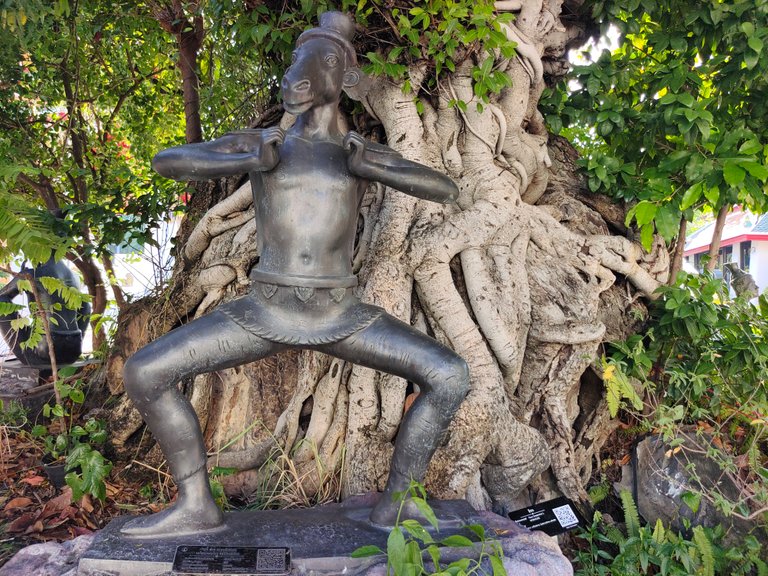
The college's curriculum covers a wide range of traditional medical practices, including Thai massage, herbal medicine, acupuncture, and yoga therapy. Students undergo rigorous training, learning the intricate art of Thai massage, which combines elements of acupressure, stretching, and energy work to promote physical and spiritual well-being. This sacred healing tradition has gained international recognition for its therapeutic benefits and has become an integral part of Thailand's cultural identity.
The Wat Pho College of Traditional Medicine not only trains students but also provides a haven for those seeking holistic wellness. Visitors can experience the healing power of Thai massage and receive treatments tailored to their specific needs. The tranquil ambiance of the college's massage clinic creates a serene atmosphere, where ancient healing techniques are practiced with care and precision.
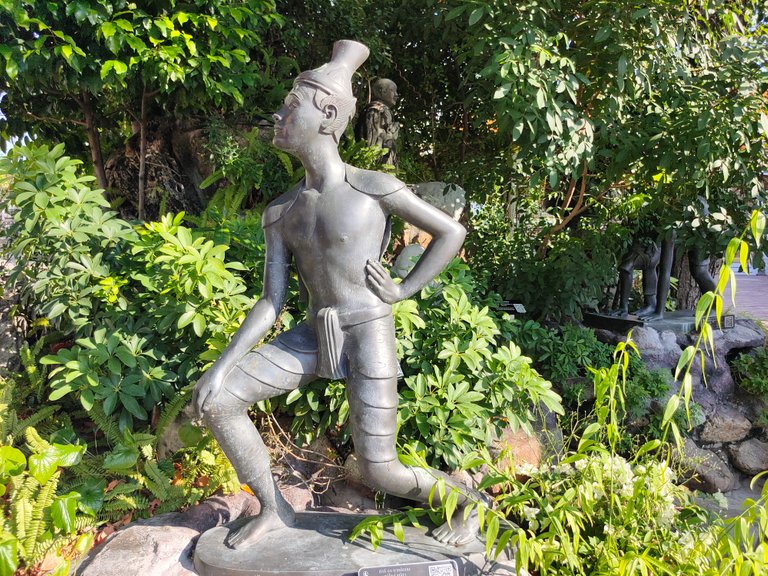
The profound impact of Wat Pho's College of Traditional Medicine extends far beyond its hallowed halls. The college's graduates, armed with invaluable knowledge and skills, spread across the globe, sharing the wisdom of traditional Thai medicine with the world. Their dedication to preserving this ancient art form ensures that it continues to thrive, transcending cultural boundaries and benefiting people from diverse backgrounds.
Wat Pho's stucco Ruesi Dutton and the establishment of the Wat Pho College of Traditional Medicine are two significant aspects of the temple's legacy. They exemplify Thailand's commitment to preserving its rich cultural heritage and fostering the well-being of its people through traditional healing practices. Wat Pho stands as a beacon of wisdom, artistry, and holistic wellness—a testament to the enduring connection between Thai culture, spirituality, and the pursuit of a balanced and harmonious way of life.

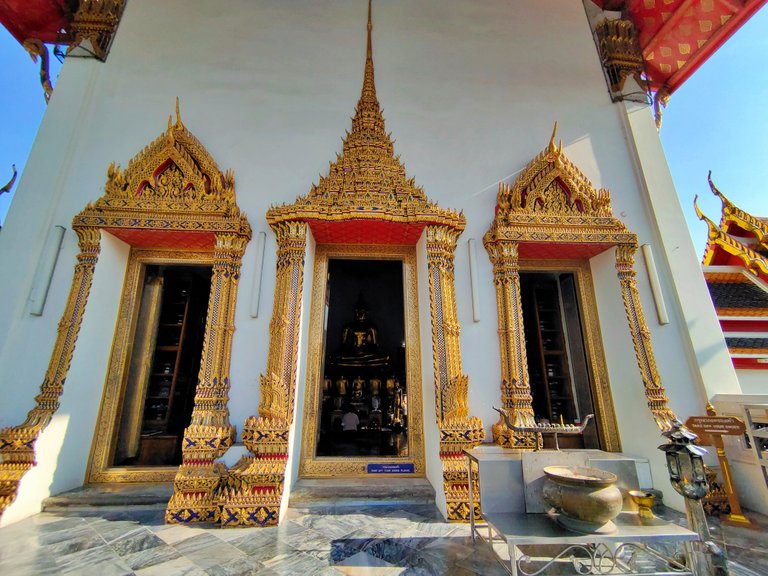
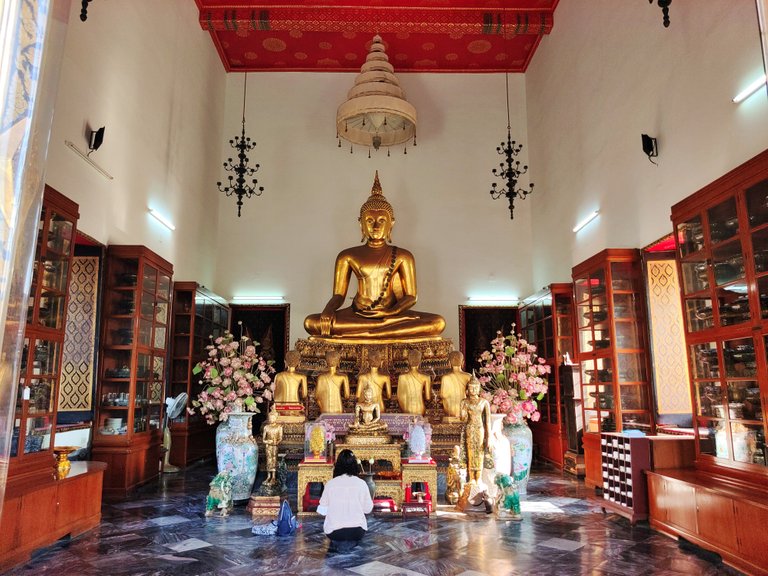
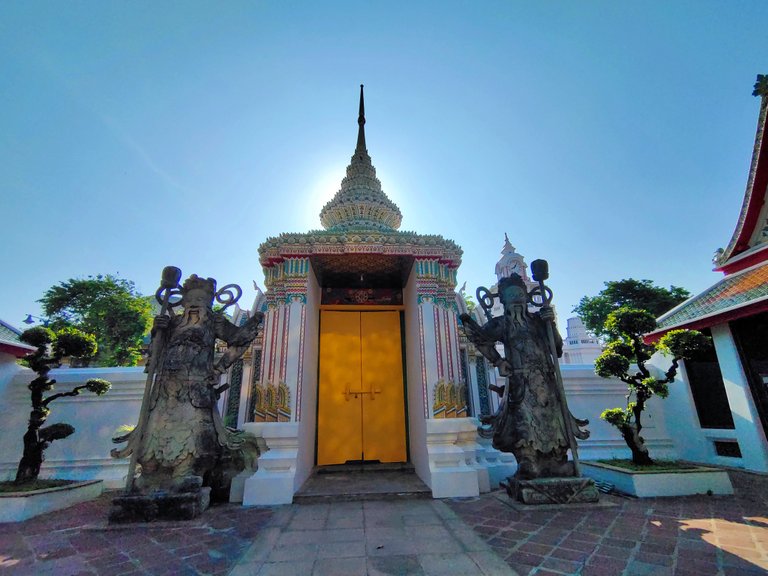
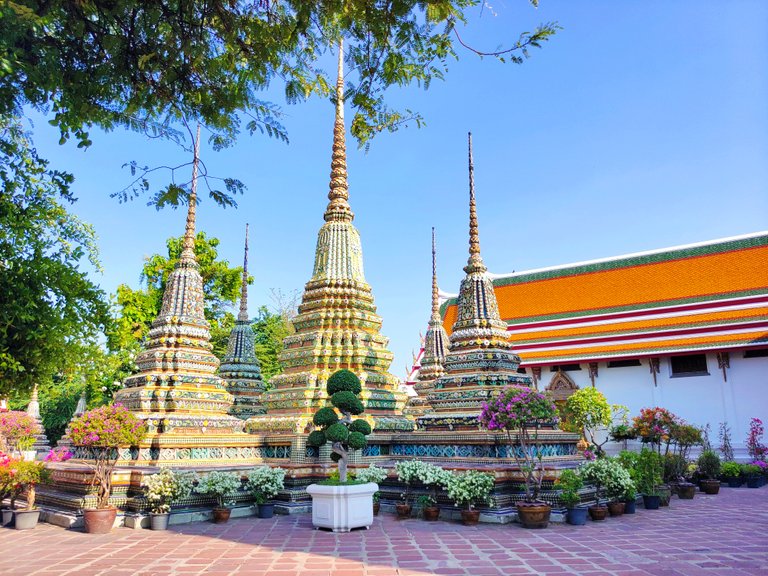
The allure of Wat Pho transcends national borders, attracting visitors from around the world. Its designation as a "Heritage of Memory of the World" by UNESCO has brought attention to its significance as a custodian of human knowledge and artistic achievements. It has become a pilgrimage site for those seeking not only spiritual enlightenment but also a deeper understanding of Thai culture, history, and scientific contributions.
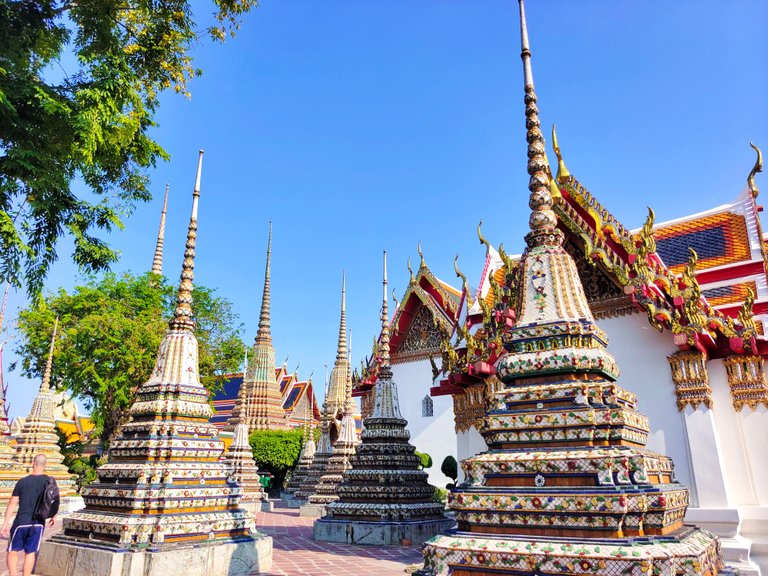
Wat Pho, also known as the Temple of the Chedi, derives its name from the multitude of pagodas it houses. With an impressive total of 99 pagodas, the temple complex is a sight to behold. Among these pagodas, the most notable are the four grand structures known as the "Maha Chedi Si Rama," representing the reigns of King Rama I to Rama IV. These magnificent pagodas are not only a visual spectacle but also hold great historical and cultural significance.
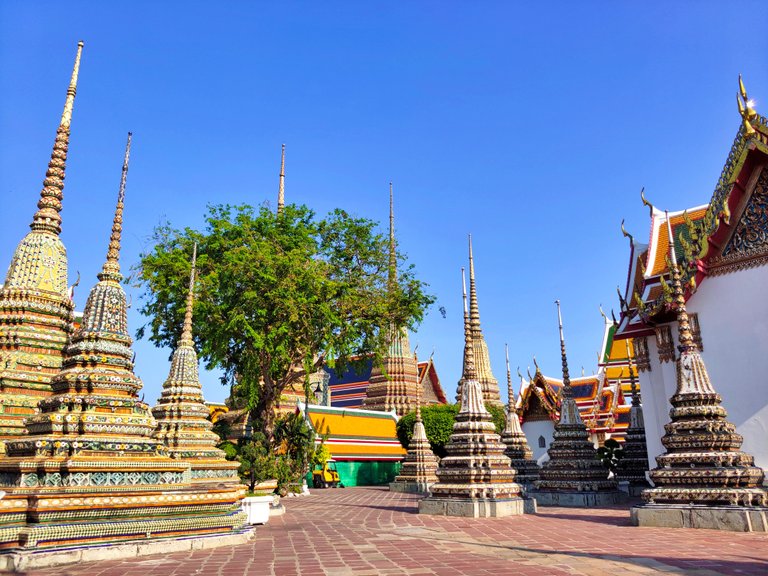
The Maha Chedi Si Rama pagodas are towering structures that dominate the temple grounds, commanding attention and reverence. Each pagoda represents a different reign of a Thai monarch, and they serve as a tribute to the kings who played instrumental roles in the development and preservation of Wat Pho.
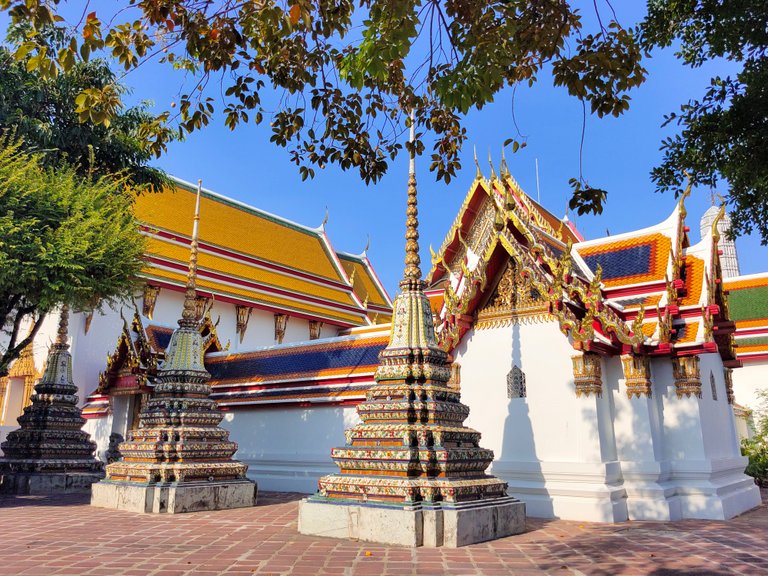
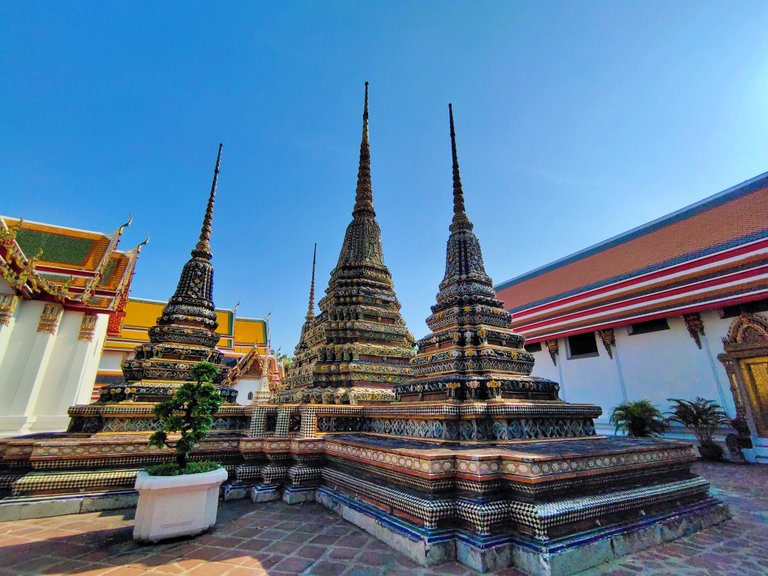
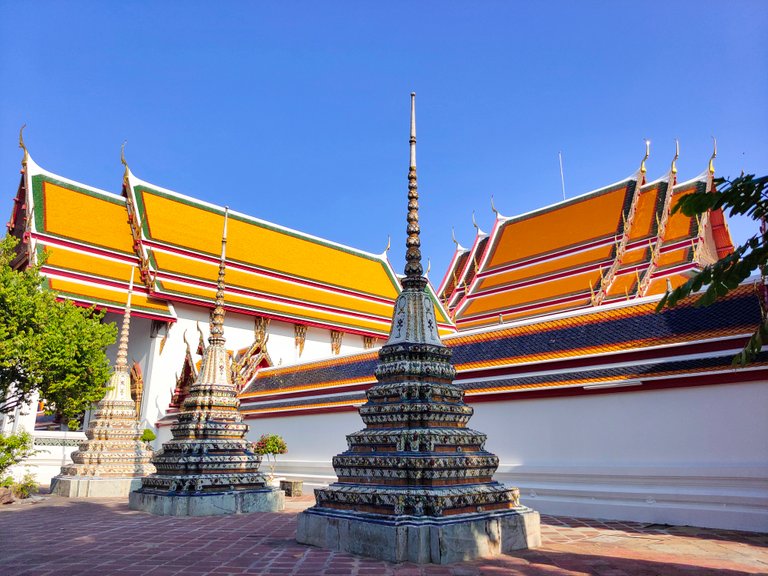
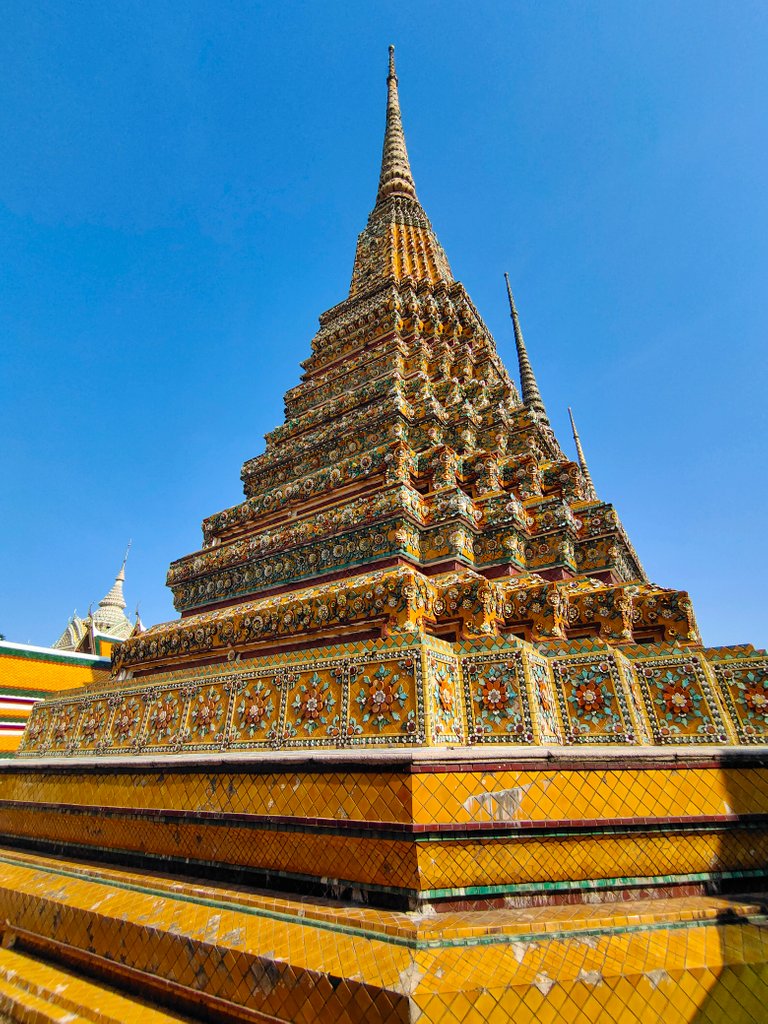
As visitors explore the temple complex, the grandeur of the Maha Chedi Si Rama pagodas leaves a lasting impression. Their intricate designs and exquisite craftsmanship reflect the artistic prowess of the period in which they were constructed. These pagodas serve as architectural marvels, embodying the cultural heritage of Thailand and showcasing the nation's dedication to preserving its historical treasures.
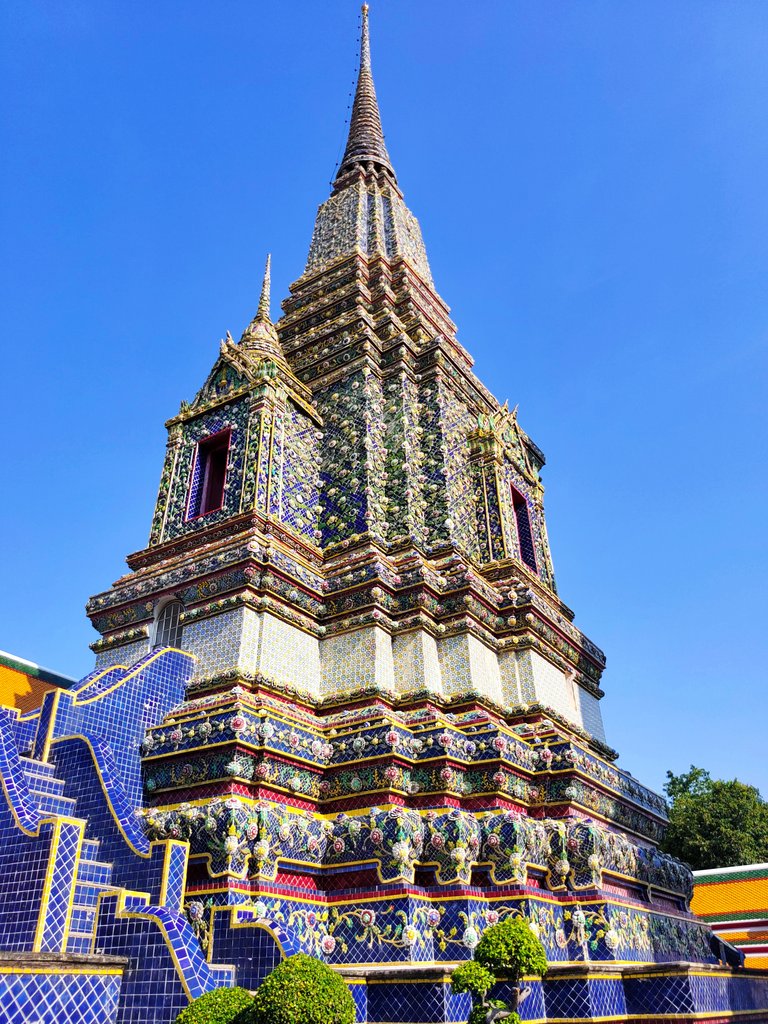
In addition to the Maha Chedi Si Rama pagodas, Wat Pho is adorned with various patterned wares that add another layer of visual delight for visitors. These ornamental details, such as ceramic tiles and decorative motifs, enhance the temple's aesthetic appeal and provide unique photo opportunities. From colorful patterns to intricate designs, these embellishments serve as testaments to the rich artistic traditions that have thrived throughout Thailand's history.
For those visiting Wat Pho, capturing photographs of the pagodas and the patterned wares is a must. The grandeur and intricate details of the Maha Chedi Si Rama pagodas make them a focal point for photography enthusiasts, while the vibrant patterns found throughout the temple grounds offer a myriad of opportunities for capturing the essence of Thai artistry.
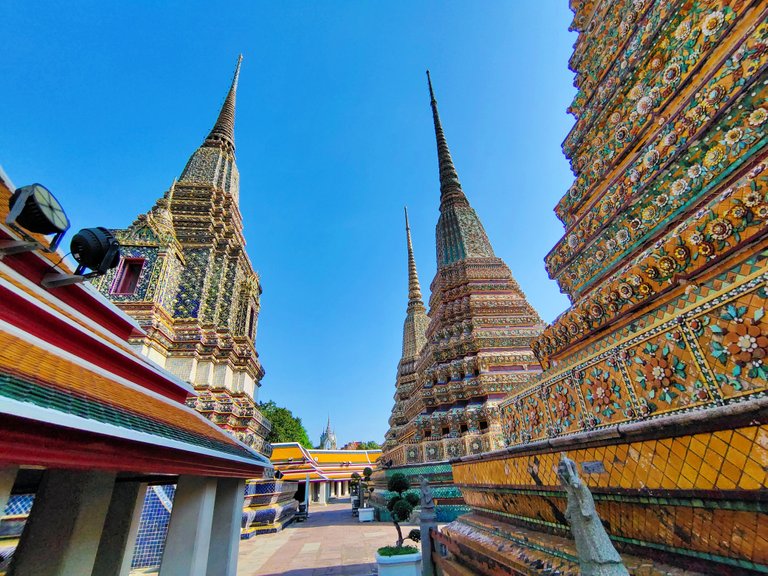

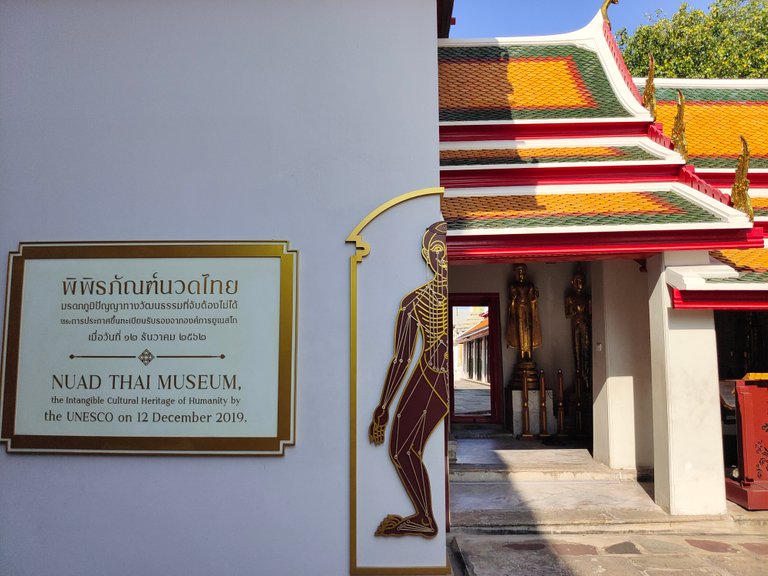
Adjacent to the magnificent Maha Chedi at Wat Pho, lies the Thai Massage Museum—a sanctuary that preserves the knowledge and legacy of Thai traditional massage. Recognized as an Intangible Cultural Heritage, Thai traditional massage holds a significant place in the cultural heritage of the world, and the museum serves as a treasure trove of wisdom on this ancient healing art.
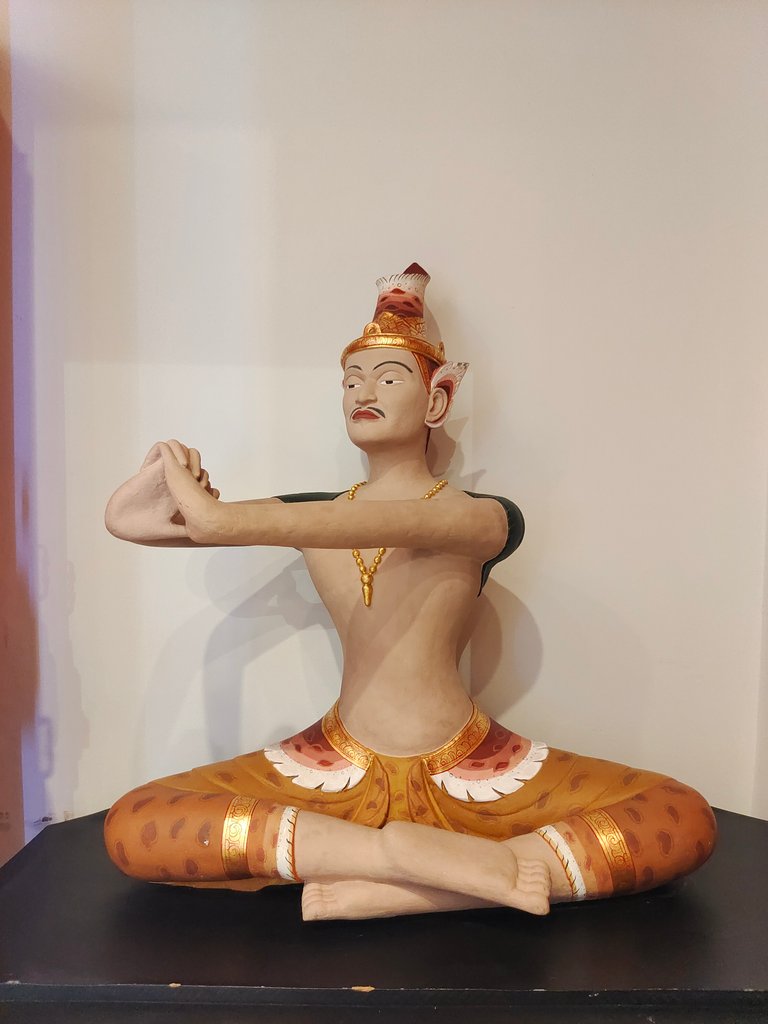
The Thai Massage Museum at Wat Pho is a testament to the Thai people's commitment to preserving their traditional practices and passing down their knowledge through generations. It provides visitors with a unique opportunity to delve into the science and techniques behind Thai traditional massage, gaining insight into its therapeutic benefits and cultural significance.
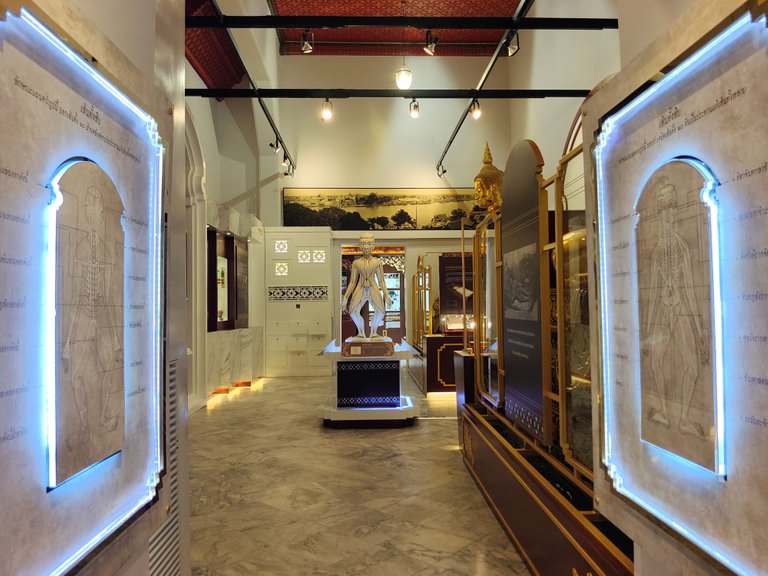
Inside the museum, a wealth of information awaits curious minds. Exhibits showcase the history, principles, and various techniques of Thai massage, shedding light on the intricate blend of acupressure, stretching, and energy work that characterizes this traditional healing practice. Through multimedia presentations, artifacts, and interactive displays, visitors can immerse themselves in the world of Thai traditional massage, deepening their understanding of its profound impact on physical, mental, and spiritual well-being.

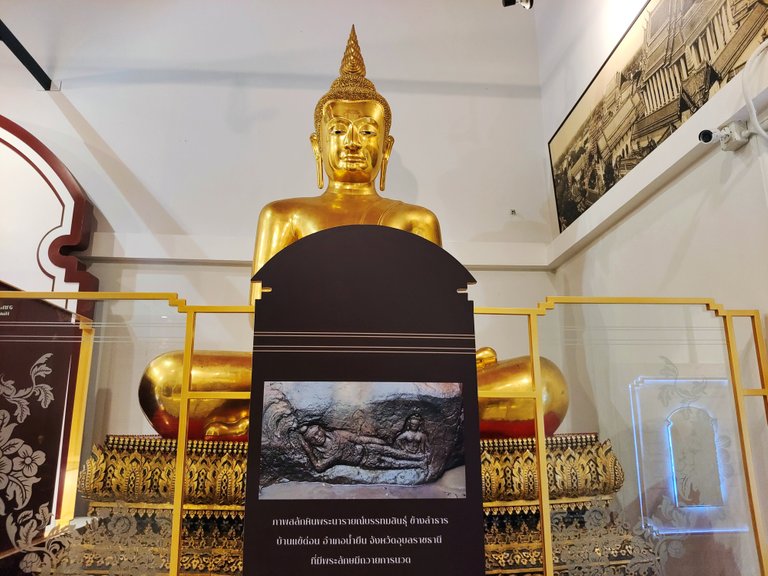

For those passionate about massage therapy, holistic healing, or simply intrigued by Thai culture, the Thai Massage Museum provides a unique opportunity for education and exploration. It serves as a bridge between the past and the present, connecting visitors with the ancient wisdom that has shaped Thai traditional massage.
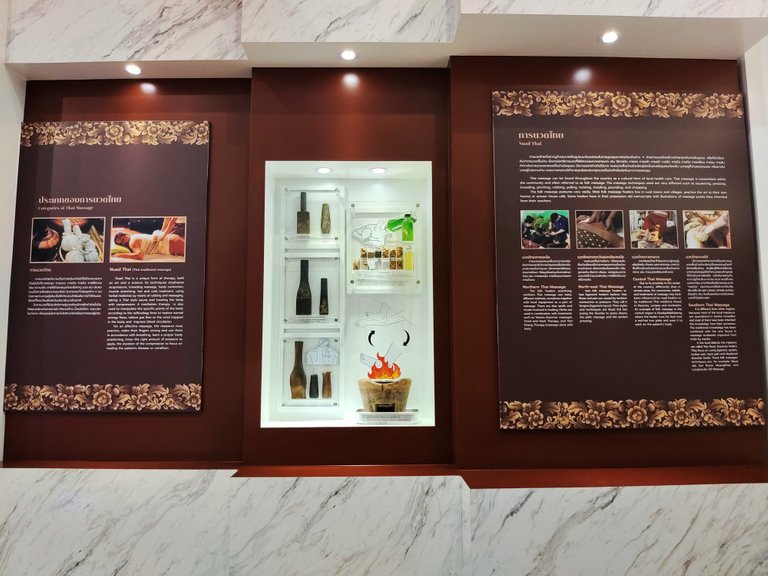
For tourists eager to experience an authentic Thai massage, the School of Traditional Medicine within Wat Pho offers a daily service that caters to their needs. Located within the temple grounds, this esteemed institution provides a unique opportunity to receive a traditional Thai massage in its birthplace.
The School of Traditional Medicine at Wat Pho upholds the ancient traditions and techniques of Thai massage, ensuring that visitors receive an authentic and immersive experience. The therapists and instructors at the school are highly skilled and knowledgeable, trained in the art of Thai massage and well-versed in its therapeutic benefits.

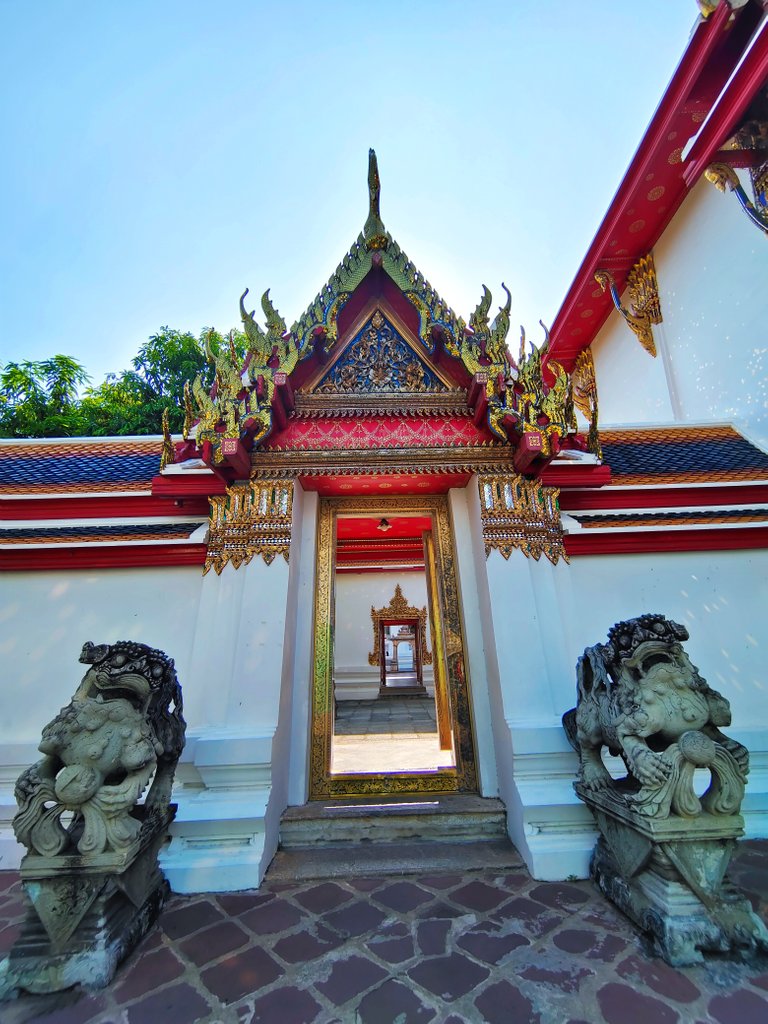
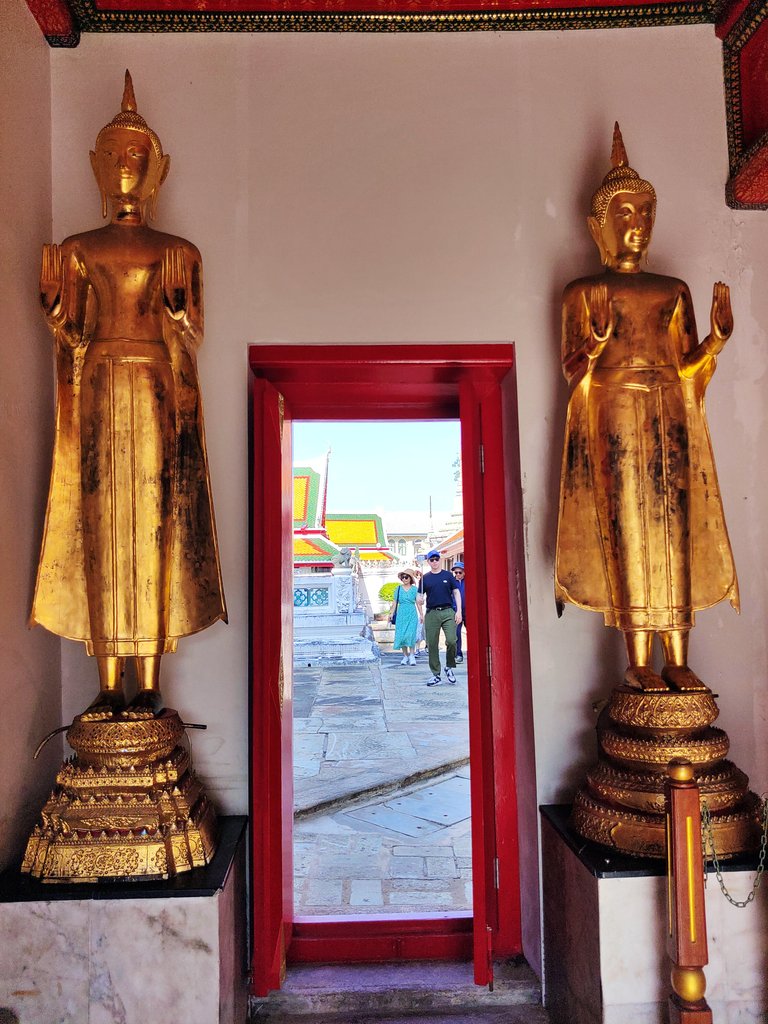
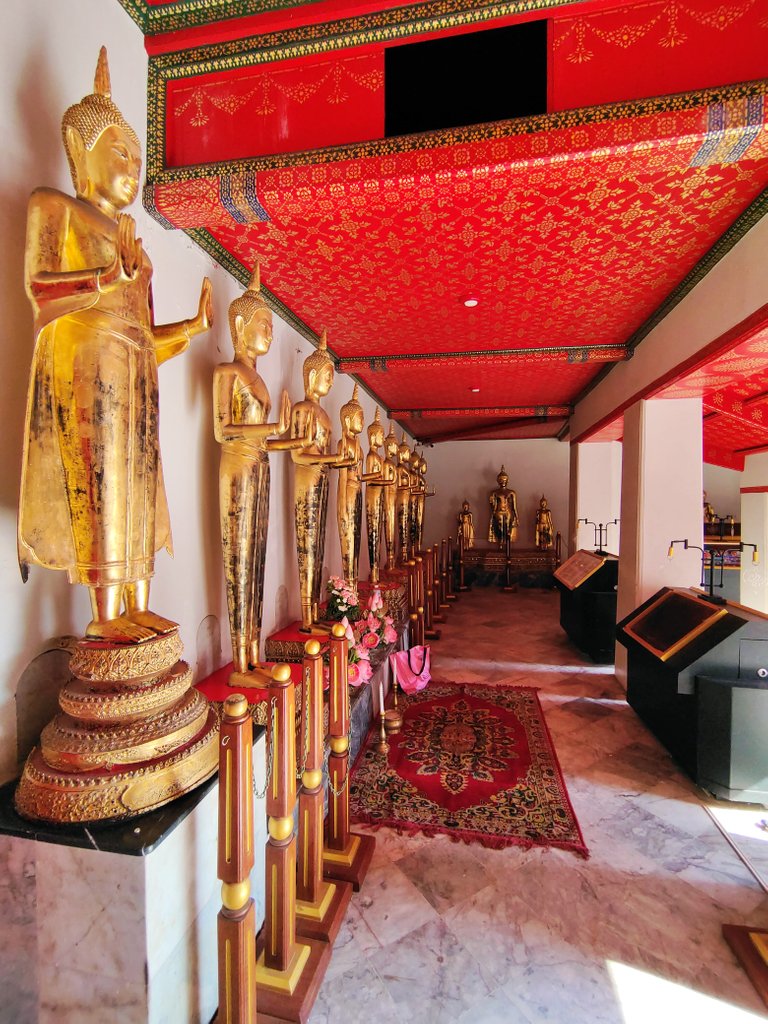
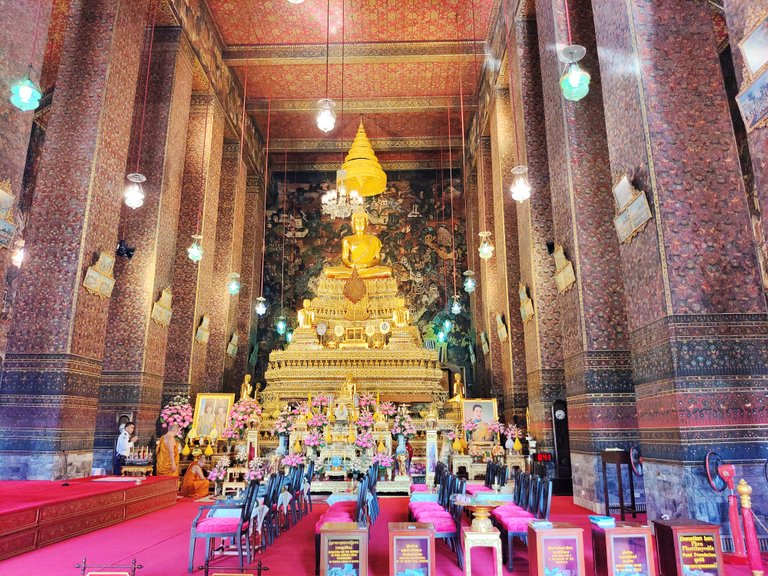
Wat Pho's significance extends beyond its architectural beauty and statues—it has garnered international recognition as a "Heritage of Memory of the World" by UNESCO. The esteemed "Wat Pho Inscription" holds the key to Thai wisdom and a plethora of scientific fields. This inscription serves as a testament to the rich intellectual heritage of Thailand and its contributions to various disciplines.
Within the hallowed grounds of Wat Pho, the birthplace of Thai massage, lies a legacy that has been recognized as a cultural heritage of humanity. Thai massage, with its unique blend of acupressure, stretching, and energy work, has been treasured and practiced for centuries. The art of Thai massage has garnered global acclaim for its therapeutic benefits and holistic approach to well-being. Its recognition as a cultural heritage reaffirms the profound impact that Thai massage has had on the world stage.
Moreover, Wat Pho serves as a repository of knowledge and artistry across diverse fields. It is not merely a temple but a sanctuary that houses precious wisdom, scientific understanding, and artistic treasures. The intricate architecture of the temple complex, with its towering spires, golden embellishments, and meticulous craftsmanship, mesmerizes visitors from all corners of the globe. The fusion of beauty and functionality in the temple's design is a testament to the Thai people's reverence for art and their commitment to creating awe-inspiring spaces.
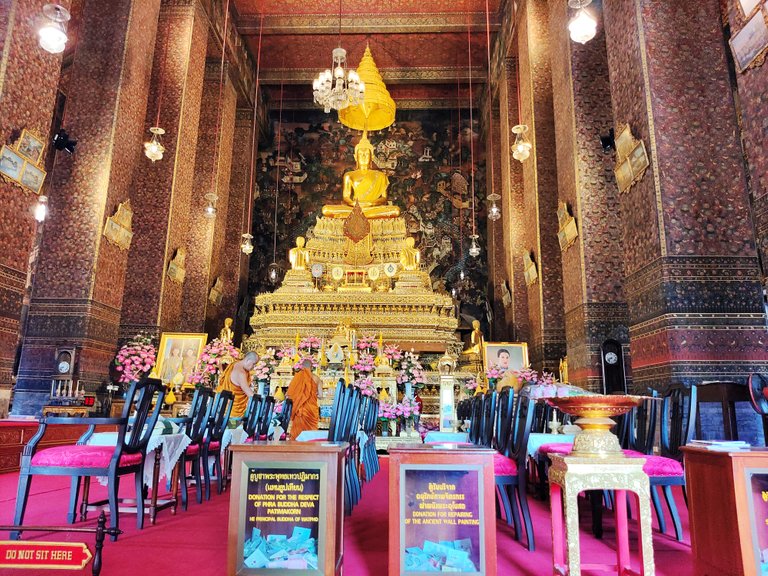

Thank you for your support
ขอบคุณสำหรับการโหวต
เลิฟนะยู้ววววววว




